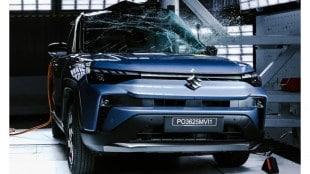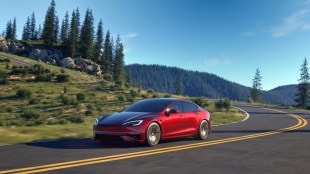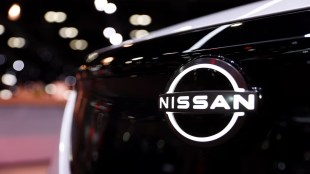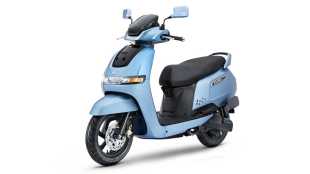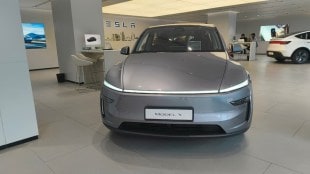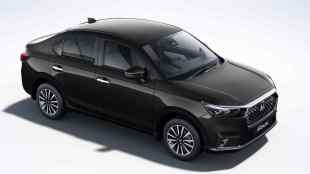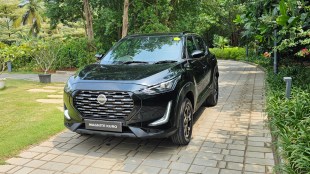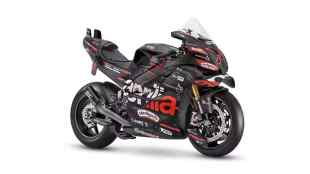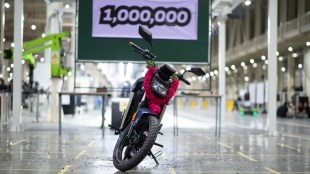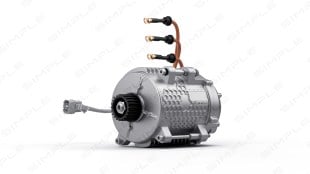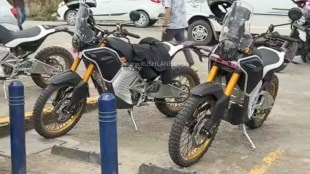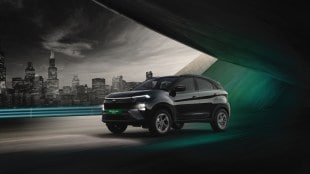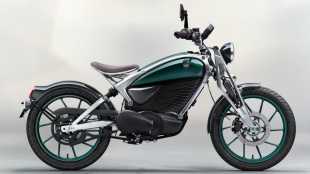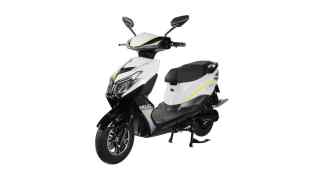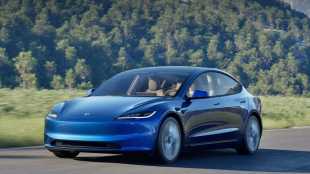Safety has become a top priority for Indian car buyers, with a recent report showing that five-star-rated Bharat NCAP vehicles now account for 15% of the total four-wheeler market in the first four months of the year. According to Jato Dynamics, consumers are increasingly aware of safety features, often inquiring about the number of airbags in a vehicle before purchase. This shift has prompted the Indian automobile industry to focus heavily on safety standards. Leading this charge are two homegrown giants, Tata Motors and Mahindra & Mahindra.
Once fierce rivals in the SUV segment, they now compete head-to-head in the electric vehicle (EV) space with their flagship models—the newly launched Tata Harrier EV and the Mahindra XEV 9e. When it comes to safety, these two electric warriors are wearing bubble wrap and helmets at all times, like airbags, crash ratings, and enough sensors to detect your nervous sweat when parallel parking.
Tata Harrier EV vs Mahindra XEV 9e: Bharat NCAP ratings
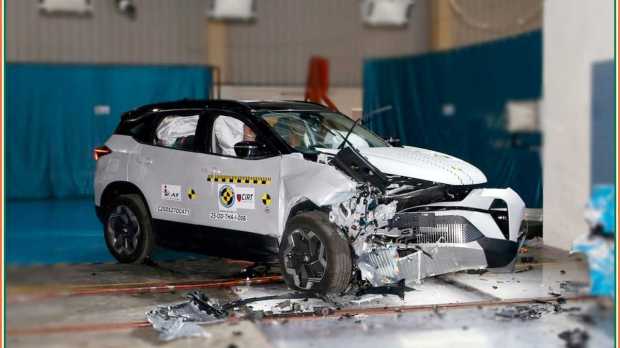
Mahindra broke all records as the XEV 9e owned the Bharat NCAP crash test. It earned a 5-star rating for both Adult Occupant Protection (AOP) and Child Occupant Protection (COP). It scored 32.00/32.00 for AOP and 45.00/49.00 for COP. If Mahindra became the benchmark, then five months later, Tata Motors managed to match it one parameter after another. Both the EV SUVs scored 16.00 out of 16.00 in the Frontal Offset Deformable Barrier Test and 16.00 out of 16.00 Side Movable Deformable Barrier Test.

In the Child Occupant Protection (COP) test, the Harrier EV and the XEV 9e achieved 24.00 out of 24.00 in the Dynamic score, 12.00 out of 12.00 in the CRS installation score and 9.00 out of 13.00 in the Vehicle assessment score.
| Tata Harrier EV vs Mahindra XEV 9e: Bharat NCAP Results | ||
| Parameter | Tata Harrier EV | Mahindra XEV 9e |
| Adult safety rating | 5-Star | 5-Star |
| Adult Occupant Protection | 32.00 / 32.00 | 32.00 /32.00 |
| Frontal Offset Deformable Barrier Test | 16.00 /16.00 points | 16.00 /16.00 points |
| Side Movable Deformable Barrier Test | 16.00 /16.00 points | 16.00 /16.00 points |
| Child safety rating | 5-Star | 5-Star |
| Child Occupant Protection (COP) | 45.00 /49.00 points | 45.00 / 49.00 points |
| Child safety dynamic | 24.00 /24.00 points | 24.00 /24.00 points |
| CRS installation | 12.00 /12.00 points | 12.00 /12.00 points |
| Vehicle assessment | 9.00 /13.00 points | 9.00 /13.00 points |
Tata Harrier EV vs Mahindra XEV 9e: Price War
Tata Harrier EV will be available in both rear-wheel-drive and all-wheel-drive, but the Indian automobile manufacturer has only launched the RWD version. The Harrier EV is priced from Rs 21.49 lakh to Rs 27.49 lakh, ex-showroom. The XEV 9e is similar in price, though a shade higher, and starts from Rs 21.90 lakh to Rs 30.50 lakh, ex-showroom.

